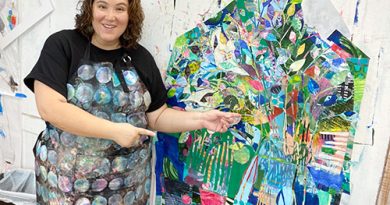Starting an art journal can feel intimidating at first, but it’s one of the most rewarding habits you can develop as a beginner artist. Not only does it provide a space for creative exploration, but it also becomes a tool for self-discovery and growth. In this post – all about art journaling for beginners – we’ll explore why art journaling matters and how you can easily incorporate it into your daily routine.
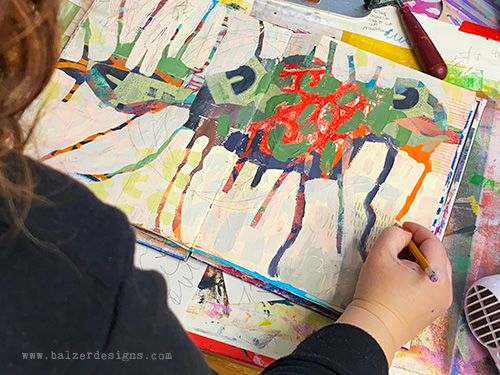
It’s not hyperbole to say that almost all the ways in which I have improved as an artist, started in my art journal. My commitment to doing it every day, my willingness to take risks in its pages, my growing familiarity with supplies and techniques — has all led to so many good outcomes.
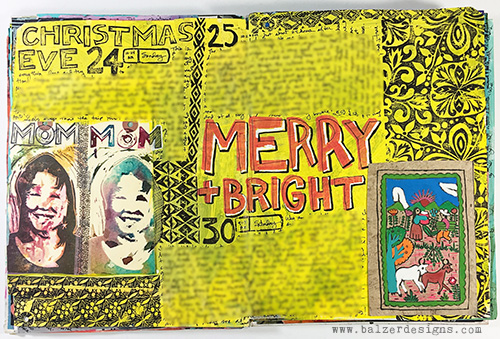
My new art journaling class is as much about the philosophy of WHY starting a daily art journal or sketchbook habit really matters, as much as it is about the techniques and the ideas. And so, in this short clip from the class I’m going to be talking a little bit about why my art journal has been so important to me in my art practice and why it might be super important in yours.
Why Art Journaling Matters
Your art journal is a safe space—a place to explore, experiment, and even fail. Failure, in fact, is a crucial part of the process. As I often say, if a page in your journal turns out to be a disaster, that’s not a loss; it’s a learning opportunity. Every mistake you make is a stepping stone toward improving your skills and understanding your unique artistic voice.
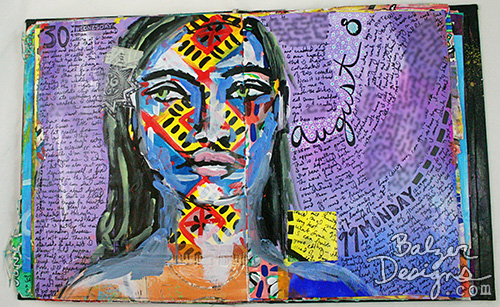
Many of the breakthroughs I’ve experienced in my art practice began in my art journal. This daily habit helped me become familiar with my supplies, refine my techniques, and take creative risks. It’s where ideas percolate and evolve, eventually influencing larger projects or works of art.
Finding Making Time to Journal
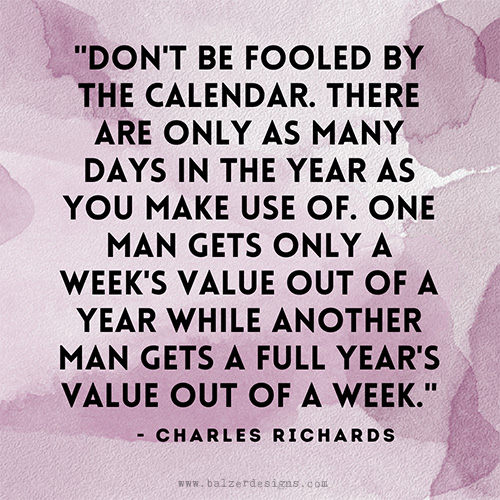
We’re all busy, but the truth is, time doesn’t magically appear—you have to make it. Personally, I think it’s always worthwhile to MAKE time for art journaling. Nobody FINDS time. You don’t just bend over and there is some time! You have to make the choice to MAKE time for an art journaling practice. What we pay attention to in life really defines who we are in many ways. This is a passage from the novel
“I’d love to cook,” she says, “but who has the time? I can’t afford to spend two days baking a cake.”
The implication, of course, is that only unimportant people have that kind of time. Unimportant people like me. I wait for Adam to jump in and save me, but instead he shoves a forkful of lamb into his mouth and feigns deep interest in the contents of his dinner plate. For someone with Adam’s political ambitions and penchant for friendly debate, I’m always amazed at the lengths he goes to avoid confrontation with his parents.
“I have a full-time job,” I say, offering Sandy a labored smile, “and somehow I manage.”
Sandy delicately places her fork on the table and interlaces her fingers. “I beg your pardon?”
My cheeks flush, and all the champagne and wine rush to my head at once. “All I’m saying is… we make time for the things we actually want to do. That’s all.”
Sandy purses her lips and sweeps her hair away from her face with the back of her hand. “Hannah, dear, I am very busy. I am on the board of three charities and am hosting two galas this year. It’s not a matter of wanting to cook. I simply have more important things to do.”
For a woman so different from my own mother- the frosted, well-groomed socialite to my mother’s mousy, rumpled academic- she and my mother share a remarkably similar view of the role of cooking in a modern woman’s life. For them, cooking is an irrelevant hobby, an amusement for women who lack the brains for more high-powered pursuits or the money to pay someone to perform such a humdrum chore. Sandy Prescott and my mother would agree on very little, but as women who have been liberated from the perfunctory task of cooking a nightly dinner, they would see eye to eye on my intense interest in the culinary arts.
Were I a stronger person, someone more in control of her faculties who has not drunk multiple glasses of champagne, I would probably let Sandy’s remark go without commenting any further. But I cannot be that person. At least not tonight. Not when Sandy is suggesting, as it seems everyone does, that cooking isn’t a priority worthy of a serious person’s time.
“You would make the time if you wanted to,” I say. “But obviously you don’t.”
Set aside just 10 minutes a day for your art journal. Those 10 minutes may seem small, but they add up, creating a powerful habit over time. It’s not about creating a masterpiece every day; it’s about showing up consistently and allowing your creativity to flow in bursts.
The Impact of Daily Practice
Art journaling isn’t just about what you put on the page—it’s about the mindset you cultivate. Making time for your journal is a way of prioritizing your creative growth. The process of journaling daily helps you pay attention to your inner world and sharpen your focus on what truly matters to you as an artist.
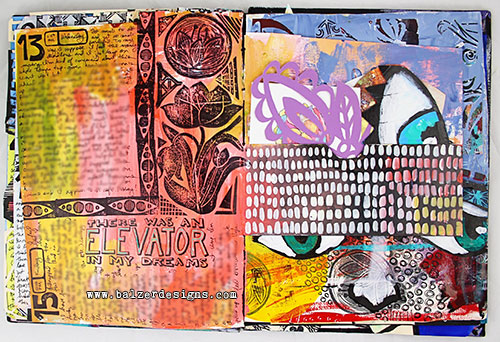
In fact, the content we consume influences our outlook and mindset. Just as it’s important to be mindful of the people and ideas we follow on social media, it’s equally vital to feed our creativity through regular journaling. Your journal becomes a reflection of your artistic journey, evolving with you as you grow.
Getting Started
Ready to begin? Grab a sketchbook or notebook, and start with whatever materials you have on hand. Don’t overthink it—the important part is to begin. Commit to spending 10 minutes a day exploring colors, shapes, or ideas. Over time, you’ll build confidence and discover your unique style.
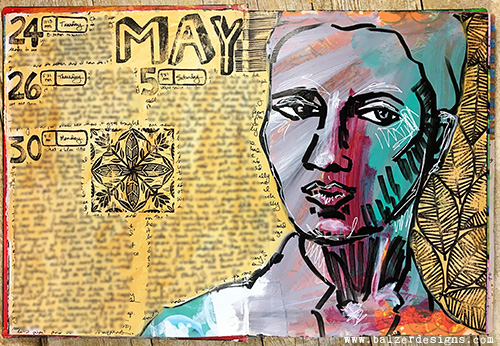
Want more guidance? Check out my new art journaling class, where we dive deeper into techniques, creative prompts, and the philosophy behind building a journaling habit.
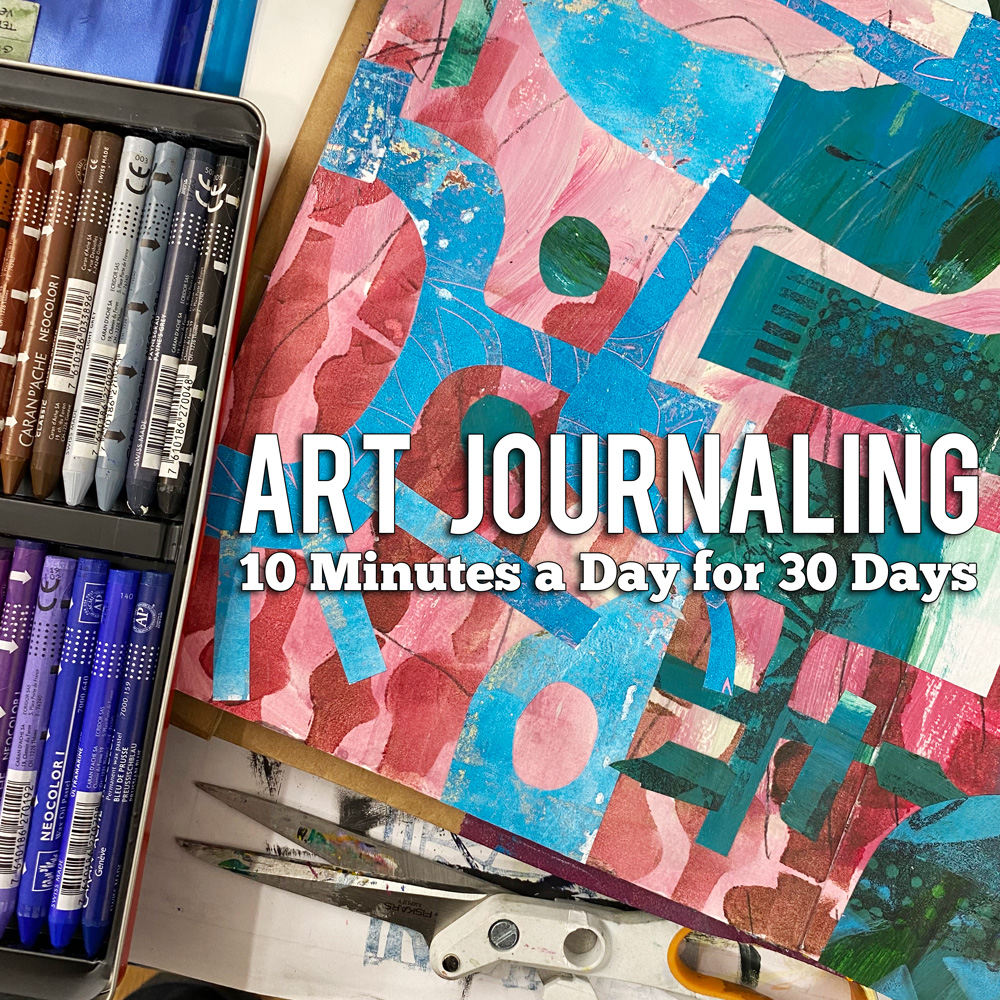
Here’s a bit of student feedback so far:
“I enjoyed this lesson very much! Julie, your authenticity has always been something I admire about you. I completely agree that I need to make sure I get my art time in early in the day, otherwise, my creative energy dwindles. That’s actually why I’m taking this class – I’m trying to develop a morning creative routine (just 10 minutes every morning) to help me get into a flow state and be more productive and creative throughout the day!” – Michelle
Related Posts in the Series
This post is part of a series designed for art journaling beginners. Be sure to check out these posts too:
- My Favorite Art Journaling Supplies
- Simple Art Journal Prompts to Spark Creativity
- Overcoming the Fear of the Blank Page
- Exploring Different Art Styles in Your Journal
- How to Develop a Consistent Journaling Routine
Thanks for stopping by!


